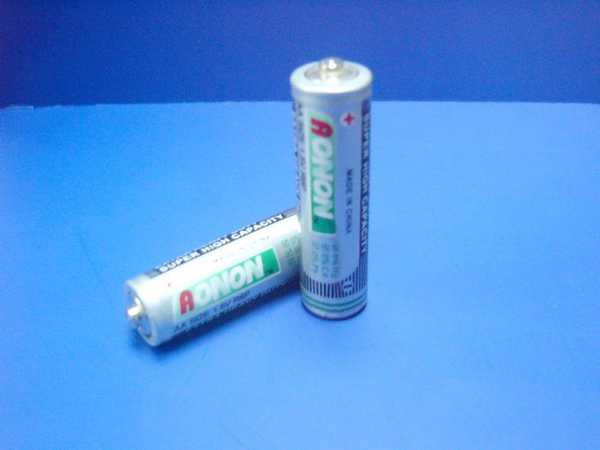What is lithium battery?
A recent poll in Britain found that public support for sanctions against Russia is falling as fuel and prices rise.
The proportion of people willing to accept higher fuel prices as a result of western sanctions against Russia fell 14 percentage points to 36% from 50% in March, according to a survey conducted for the Telegraph by consultancy Redfield & Wilton Strategies.
Global energy and fuel prices have soared since the start of the year and remain high because of the conflict between Russia and Ukraine and uncertainty over Russian supplies.
The survey also found that 54% of people believe their own financial situation has worsened in the past year, up 12 percentage points from 42% two months ago. Sixty-two percent think things will get worse in the year ahead. Less than a third of respondents said they had received a pay rise to keep up with inflation, with two-thirds of those saying it was not enough to keep up with rising living costs.
The figures suggest that public concern about the conflict with Ukraine is now likely to be overtaken by financial worries.
Separately, the UK's consumer price index rose 7 percent this month from a year earlier, the highest since March 1992, according to figures released recently by the Office for National Statistics. In addition, a separate report released a few days ago by the Centre for Economics and Business Research said that real household disposable income in the UK will fall by 3% in 2022, equivalent to a loss of £2,320 per household, which would lead to the biggest drop in living standards since the 1950s. That is mainly because wages aren't keeping up with rising energy and fuel costs.
The prices of other commodities like the lithium battery are also expected to be influenced.
Lithium battery is a kind of battery that uses lithium metal or lithium alloy as positive/negative electrode material and uses non-aqueous electrolyte solution. In 1912, the lithium metal battery was first proposed and studied by Gilbert N. Lewis. In the 1970s, M. S. Whittingham proposed and began to study lithium-ion batteries. Due to the very active chemical properties of lithium metal, the processing, storage and use of lithium metal have very high environmental requirements. With the development of science and technology, lithium batteries have become the mainstream.
What are the types of lithium batteries?
Lithium batteries can be roughly divided into two categories: lithium metal batteries and lithium ion batteries. Lithium-ion batteries do not contain lithium in the metallic state and are rechargeable. The fifth generation of rechargeable batteries, lithium metal batteries, was born in 1996, and its safety, specific capacity, self-discharge rate and performance-price ratio are better than lithium-ion batteries. Due to its own high technical requirements, only companies in a few countries are producing such lithium metal batteries.

What is the working principle of lithium battery?
Lithium Metal Batteries:
Lithium metal batteries generally use manganese dioxide as the positive electrode material, metal lithium or its alloy metal as the negative electrode material, and use a non-aqueous electrolyte solution.
Discharge reaction: Li+MnO2=LiMnO2
Lithium Ion Battery:
Lithium-ion batteries generally use lithium alloy metal oxides as positive electrode materials, graphite as negative electrode materials, and use non-aqueous electrolytes.
The reaction at the charging positive electrode is
LiCoO2=Li(1-x)CoO2+xLi++xe-(electron)
The reaction that takes place on the charging negative electrode is
6C+xLi++xe- = LixC6
Rechargeable battery total reaction: LiCoO2+6C = Li(1-x)CoO2+LixC6
What are the cathode materials of lithium batteries?
Positive electrode material: There are many optional positive electrode materials. At present, the common positive electrode active materials in the market are: Lithium cobalt oxide, lithium manganate, lithium nickelate, lithium iron phosphate, nickel-cobalt-aluminum ternary, nickel-cobalt-manganese ternary
Positive electrode reaction: Lithium ion intercalation during discharge, and lithium ion deintercalation during charging. When charging: LiFePO4 → Li1-xFePO4 + xLi+ + xe- When discharging: Li1-xFePO4 + xLi+ + xe- → LiFePO4.
What are the negative electrode materials of lithium batteries?
Negative material: graphite is mostly used. In addition, lithium metal, lithium alloy, silicon carbon anode, oxide anode material, etc. can also be used for the anode.
Negative reaction: lithium ions are deintercalated during discharge, and lithium ions are intercalated during charging.
When charging: xLi+ + xe- + 6C → LixC6
On discharge: LixC6→ xLi+ + xe- + 6C
High-quality lithium battery anode material manufacturer
Luoyang Moon & Star New Energy Technology Co., LTD, founded on October 17, 2008, is a high-tech enterprise committed to developing, producing, processing, selling, and technical services of lithium-ion battery anode materials. After more than ten years of development, the company has gradually developed into a diversified product structure with natural graphite, artificial graphite, composite graphite, intermediate phase and other harmful materials (silicon-carbon materials, etc.). The products are widely used in high-end lithium-ion digital power and energy storage batteries.
If you are looking for graphite or lithium battery anode material, click on the needed products and send us an inquiry:sales@graphite-corp.com.
Due to the Russia-Ukraine conflict and the covid-19 pandemic, how will the international situation develop is highly uncertain. It is too difficult to assess its economic impact properly. However, we could see energy prices and commodity prices keep rising and supply chains are disrupted. Therefore, lithium battery prices are expected to rise in the future.
Inquiry us
PREVIOUS NEWS